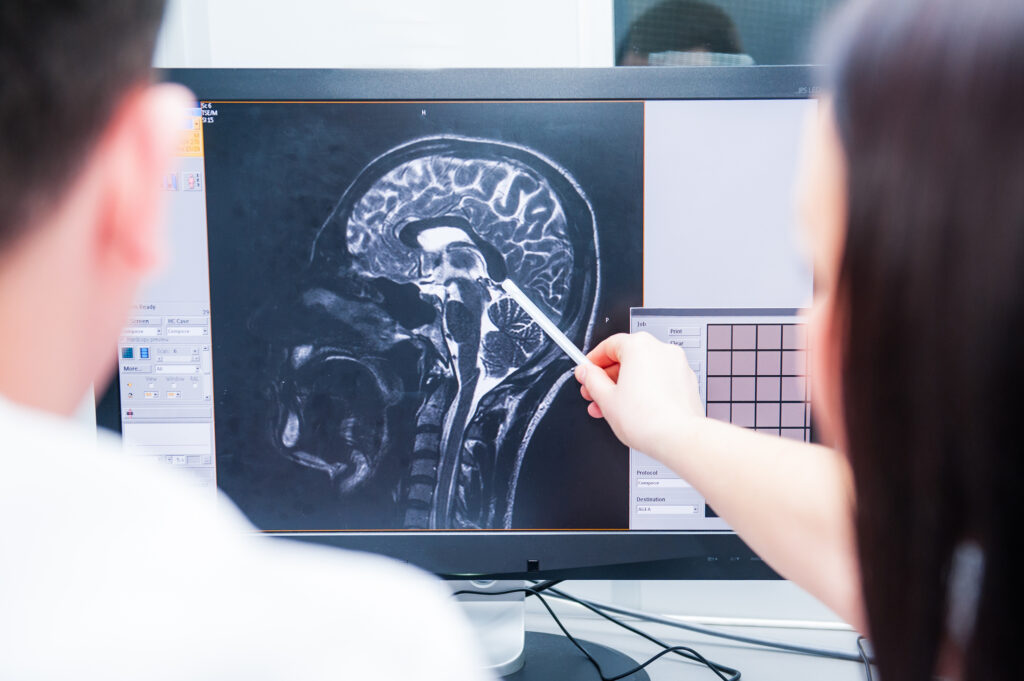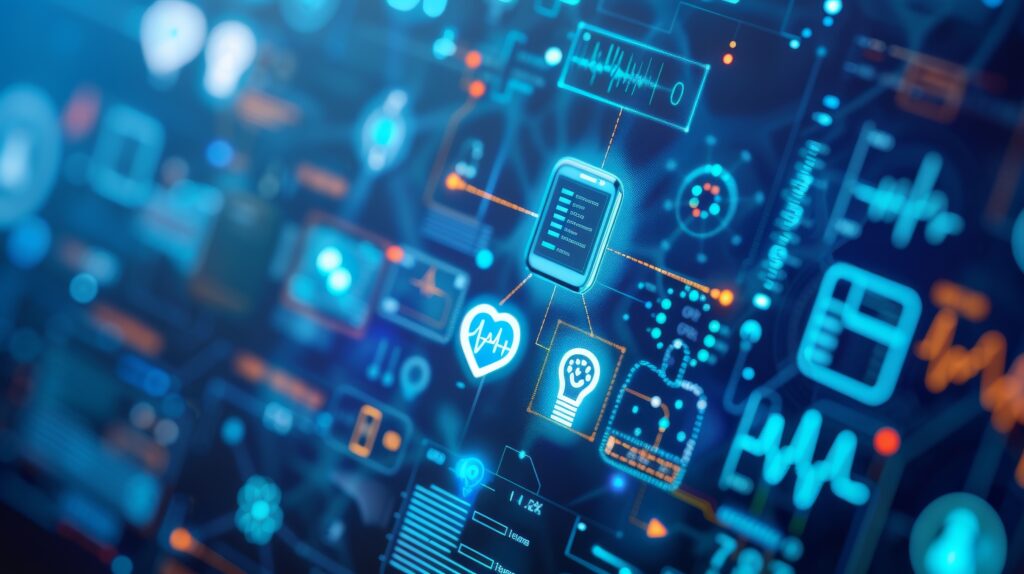The healthcare education system has undergone a significant transformation in recent years. Technological advancements have played a pivotal role in this change, helping to create better medical personnel through enhanced teaching methods. By integrating innovative technologies, educators can provide more effective, engaging, and comprehensive training to future healthcare professionals.
Enhanced Simulation-Based Learning
Simulation-based learning has become a cornerstone of healthcare education. Advanced simulators provide students with realistic, hands-on experience without the risk of harming real patients. These simulators mimic various medical conditions and scenarios, allowing students to practice and refine their skills in a controlled environment.
High-fidelity mannequins, for instance, can simulate a wide range of medical conditions, from cardiac arrest to childbirth. Students can perform procedures such as intubation, IV insertion, and CPR, receiving immediate feedback on their performance. This type of training is invaluable, as it prepares students for real-life situations, enhancing their confidence and competence.
Virtual Reality and Augmented Reality
Virtual reality (VR) and augmented reality (AR) are revolutionizing healthcare education. These technologies offer immersive learning experiences that were previously unimaginable. With VR, students can explore the human body in 3D, gaining a deeper understanding of anatomy and physiology. They can perform virtual dissections, examine complex structures, and visualize disease progression in a highly interactive manner.
AR, on the other hand, overlays digital information into the real world. Medical students can use AR to visualize organs and systems while working with actual patients or models. This integration of digital content enhances comprehension and retention, making complex concepts easier to grasp.
Online Learning Platforms and E-Learning
The rise of online learning platforms has made healthcare education more accessible and flexible. Students can now access lectures, resources, and assessments from anywhere, at any time. This flexibility is especially beneficial for working professionals who wish to further their education without disrupting their careers. Many institutions now offer specialized programs, such as a masters in public health online program, a masters in nursing education, and a doctorate in healthcare administration, catering to the needs of those seeking advanced degrees while balancing other commitments.
E-learning platforms often include interactive modules, videos, and quizzes, which cater to different learning styles. Students can engage with the material at their own pace, revisit challenging topics, and track their progress. Additionally, online discussion forums and virtual classrooms facilitate collaboration and communication among students and instructors, fostering a sense of community and support.
Artificial Intelligence and Adaptive Learning
Artificial intelligence (AI) is another game-changer in healthcare education. AI-powered tools can analyze student performance and provide personalized feedback and recommendations. These adaptive learning systems identify strengths and weaknesses, tailoring the educational experience to meet individual needs.
For example, AI can create customized study plans, suggest additional resources, and even simulate patient interactions based on a student’s progress. This personalized approach ensures that students receive the support they need to succeed, ultimately leading to more competent and confident healthcare professionals.
Telemedicine Training
The growing field of telemedicine has necessitated the inclusion of telehealth training in healthcare education. Future medical personnel must be proficient in using telecommunication technologies to diagnose, treat, and monitor patients remotely. This training includes learning how to operate telemedicine platforms, conduct virtual consultations, and manage patient data securely.
By incorporating telemedicine training into the curriculum, educators are preparing students for the future of healthcare delivery. This knowledge is particularly relevant in rural and underserved areas, where access to healthcare professionals is limited.
Digital Libraries and Resources
Digital libraries and resources have transformed the way medical students access information. Gone are the days of relying solely on physical textbooks and journals. Today, students can access a vast array of digital resources, including e-books, research articles, and multimedia content.
These digital libraries offer up-to-date information, ensuring students learn the latest advancements and best practices in the field. Furthermore, the ability to search and retrieve information quickly enhances efficiency and supports evidence-based learning.
Collaborative Tools and Interdisciplinary Learning
Collaboration is essential in the healthcare education system, and technology has made it easier for students to collaborate and learn from one another. Collaborative tools such as cloud-based document sharing, video conferencing, and online project management platforms facilitate teamwork and communication.
Technology also enhances interdisciplinary learning, where students from different healthcare fields work together on case studies and projects. This approach mirrors real-world healthcare settings, promoting a holistic understanding of patient care and fostering collaboration among future doctors, nurses, pharmacists, and other healthcare professionals.
Conclusion
Technological advancements have undeniably improved the healthcare education system, creating better medical personnel through enhanced teaching methods. From simulation-based learning and VR/AR to online platforms, AI, and telemedicine training, technology has revolutionized the way healthcare professionals are trained.
Disclaimer
The content provided in this article, “Innovation Hub: How Technology is Shaping Future Medical Professionals,” published by Open Medscience on 2024-07-09, is intended for general informational and educational purposes only. While every effort has been made to ensure the accuracy and relevance of the information presented, Open Medscience does not guarantee the completeness, reliability, or suitability of the content for any specific purpose.
This article does not constitute professional advice, nor should it be relied upon as a substitute for expert guidance in healthcare education, clinical practice, or technology implementation. Readers are encouraged to consult appropriate professionals or institutions for specific advice tailored to their circumstances.
Technologies, tools, and methods referenced in this article may evolve over time and may not be universally adopted or applicable in all settings. Open Medscience accepts no responsibility for any loss or damage arising directly or indirectly from the use of, or reliance on, the information provided herein.
Any mention of educational programmes, institutions, or commercial products is for illustrative purposes only and does not imply endorsement or affiliation.
You are here: home » diagnostic medical imaging blog »



